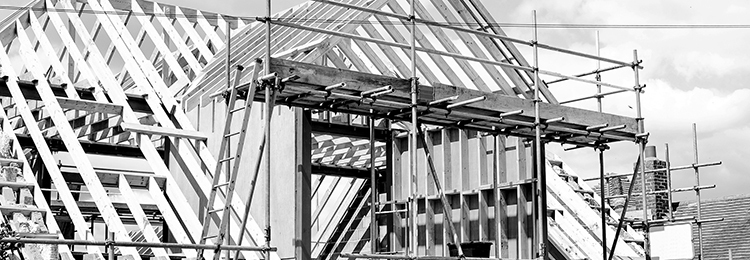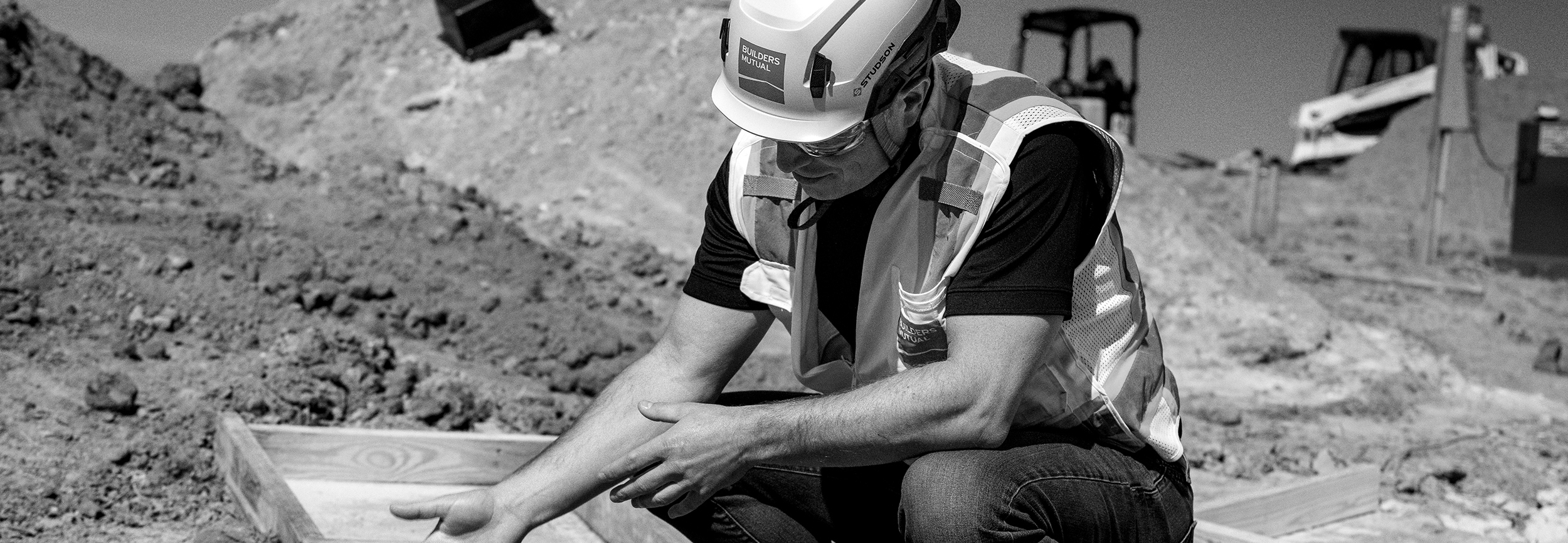To recruit and retain more workers, contractors can never have enough candidates. As labor shortages continue to plague job-sites, broadening the job pool to include more diverse applicants is crucial to get jobs done on time.
But hiring diverse workers does more than fill open positions. It also provides jobs to groups that have historically been discriminated against or denied opportunities.
Diversity can be championed through a company’s established policies or simply its culture. Michael Faith, Risk Management Technical Manager at Builders Mutual, discusses the challenges contractors face in fostering diversity on the job-site – and how to attract and retain a productive crew that better reflects the communities where we live and work.
What do we mean by diversity?
At its core, supporting diversity at the job-site means accepting, supporting, and including the full range of people: all races, ethnicities, genders and gender identities, sexual orientations, ages, social classes, physical abilities, and religions.
To break it down further, diversity includes:
- Representing these varied identities and differences in order to reflect our multifaceted society.
- Giving everybody fair treatment, access, and opportunity by removing barriers that have prevented certain groups from succeeding in the past.
- Creating a culture where everyone feels valued and heard.
The key to a successful diversity-based approach is making everyone feel that their voices are respected and that they have something valuable to contribute to a job. And when people feel valued and appreciated, they can do their best work, including keeping their focus on staying safe.
Why diversity matters
From a strictly business perspective, comprehensive diversity programs can deliver a range of benefits:
- Better decision making. Companies with the most ethnically diverse executive teams are 33% more likely to outperform other teams’ profit results.
- Better performance. Seventy-five percent of organizations having diverse and inclusive decision-making teams were projected to exceed their financial targets.
- Better productivity. Removing bias from the interview and hiring process leads to 41% less absenteeism, 70% fewer safety incidents, and 59% less turnover.
Having a diverse workforce also helps job-sites better reflect today’s diverse communities, including supporting women, who were underrepresented in trades. Today, despite recent gains, women make up only about 10.9% of the construction workforce.
Creating an inclusive and equitable workplace
How can you set up a diversity program that boosts productivity and morale? Follow these tips.
Lead by example
Leadership sets the tone for an organization. It’s up to management to make it clear that all employees should be respected, and discrimination of any kind won’t be tolerated.
Diverse leaders also bring different approaches to solving problems and making decisions. This can be invaluable on a job-site that constantly requires adaptability. In addition, crew managers who reflect the broad diversity of their communities can serve as role models for others to aspire to.
Give workers the tools they need
Being equitable and inclusive means making sure everyone has the equipment and training they need to work safely. For example, some workers’ body types are more easily strained when they carry heavy loads. Using technology, like a concrete buggy that can transport concrete across a job-site, allows more people to participate in traditionally tougher tasks. Similarly, investing in safety harnesses and hard hats of different sizes allows a broader range of workers to keep safe.
Establish a welcoming culture
In construction, workers have to rely on teamwork in often high-stress situations. To get the job done right means making everyone feel comfortable to speak openly. Encourage your crews to communicate respectfully, and try to ensure opportunities are given based on effort and talent, instead of bias toward any particular group.
Focus on recruitment
The first step to improving diversity is by attracting and retaining a broad range of workers. You can:
- Partner with local schools to promote construction careers to underrepresented groups. Also, Faith suggests, offer to train applicants who aren’t familiar with construction but show initiative.
- Omit biased language from job descriptions.
- Make sure your hiring managers are also diverse to reduce unconscious bias in the applicant screening process.
At Builders Mutual, we believe in the strength of all our people. Mirroring the diversity of our customers and communities, our risk management consultants will work with you to keep workers of all backgrounds safer and more productive.




 Find an
Find an